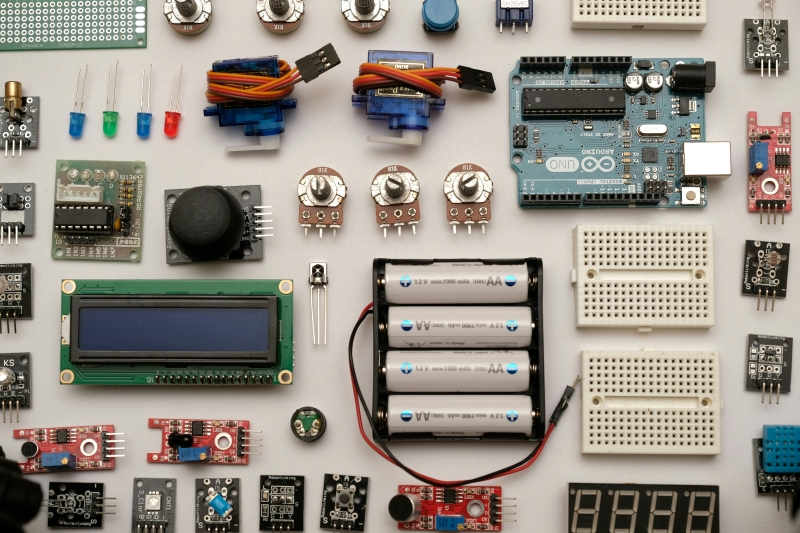Self-powered sensor for magnetic energy
A self-powered, battery-free, energy-harvesting sensor has been designed by researchers based in the US.

Researchers at the Massachusetts Institute of Technology (MIT) have developed a temperature sensor that can harvest and store the energy from the magnetic field that exists in the open air around a wire. This could allow sensors to operate in remote settings, without batteries.
A sensor made in this way could be embedded in hard-to-reach places, like inside the inner workings of a ship's engine.
The design framework is not limited to sensors that harvest magnetic field energy. It can be applied to those that use other power sources, like vibrations or sunlight.
To achieve the cold start required for this new device (firing up its electronics with no initial voltage), they reportedly developed a network of integrated circuits and transistors that allow the system to store energy until it reaches a certain threshold.
Also, to store and convert the energy it harvests efficiently, and without a battery, they reportedly incorporated internal energy storage that can include a series of capacitors.
The team designed the capacitors so they are big enough to store the energy the device needs to turn on and start harvesting power, but small enough that the charge-up phase doesn't take too long.
Finally, they developed a series of control algorithms that dynamically measure and budget the energy collected, stored, and used by the device.
They built an energy management circuit for an off-the-shelf temperature sensor. The device reportedly harvests magnetic field energy and uses it to continually sample temperature data, which it sends to a smartphone interface using Bluetooth.
In the future, the researchers plan to explore less energy-intensive means of transmitting data, such as using optics or acoustics.
'This is ambient power – energy that I don't have to make a specific, soldered connection to get. And that makes this sensor very easy to install,' says Professor Steve Leeb.






